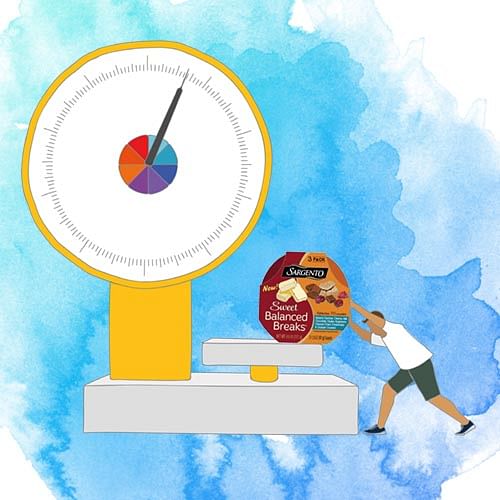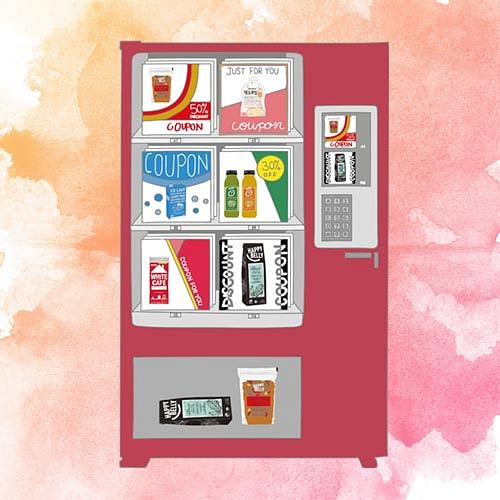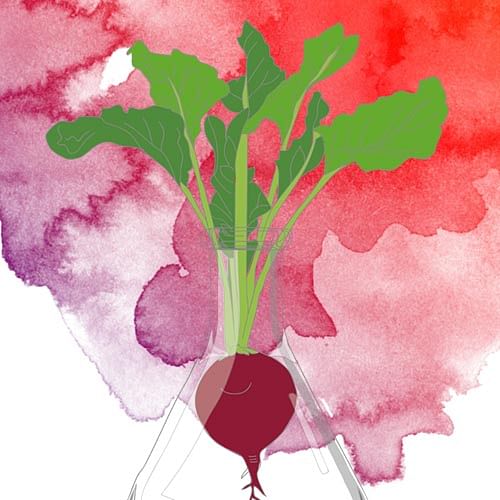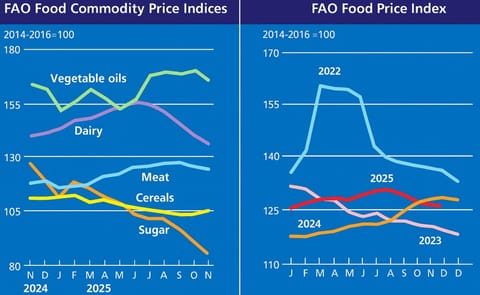Mintel Announces Five Global Food And Drink Trends For 2018
Mintel Announces Five Global Food And Drink Trends for 2018

Mintel, a leading market intelligence agency, identified five key trends set to impact the global food and drink market in 2018.
In 2018, expect to see transparency and traceability for all, regardless of their income.
From ingredient scares to political bombshells, self-care has become a priority for many and one that includes choosing food and drink that will address perceived nutritional, physical, and emotional needs.
Global Food & Drink Trends 2018
Mintel offers a more extensive description of the trends listed below in a 44-page report.A free copy of that report is available after completion of a form: Download your copy
Meanwhile, the rapid expansion in the variety of food and drink retail channels will fuel the opportunity for recommendations, promotions, and product innovations that are personalised based on individual consumer behavior.
Finally, forward-looking companies are developing solutions to replace traditional farms and factories with scientifically engineered ingredients and finished products.
Looking ahead to 2018, Mintel’s Global Food and Drink Analyst Jenny Zegler discusses the major trends predicted to play out in food and drink markets around the world, beginning with the trends that will gain wider traction in the months ahead to emerging trends that are influential, but just on the fringe in many regions.
Full Disclosure

Full Disclosure
Widespread distrust places pressure on manufacturers to offer thorough and honest disclosures about how, where, when, and by whom food and drink is grown, harvested, made, and/or sold.
The need for reassurance about the safety and trustworthiness of food and drink has led to increased use of natural as well as ethical and environmental claims in global food and drink launches.
In addition to more specific product details, the next wave of clean label will challenge manufacturers and retailers to democratise transparency and traceability so that products are accessible to all consumers regardless of household income.
Self-Fulfilling Practices

Self-Fulfilling Practices
The frantic pace of modern life, constant connectivity, pervasive distrust, and contentious tones in politics and the media have caused many consumers to look for ways to escape negativity in their lives.
Many people who feel overwhelmed are focusing on ‘self-care,’ or prioritising time and efforts dedicated to themselves.
Looking ahead, individual definitions of self-care and balance will reinforce the need for a variety of formats, formulations and portion sizes of food and drink that present consumers with positive solutions—and treats—that can be incorporated into their customised and flexible definitions of health and wellness.
Going forward, more consumers will be looking for ingredients, products, and combinations of food and drink that provide nutrition, physical, or emotional benefits that advance their priorities for self-care.
New Sensations

New Sensations
In 2018, the sound, feel, and satisfaction that texture provides will become more important for food and drink companies and consumers alike.
Texture is the next facet of formulation that can be leveraged to provide consumers with interactive—and documentation-worthy—experiences.
The quest for experiences will provide opportunities for multisensory food and drink that uses unexpected texture to provide consumers, especially the teens and young adults of the iGeneration, with tangible connections to the real world, as well as moments worth sharing either in-person or online.
Preferential Treatment

Preferential Treatment
As technology helps to make shopping as effortless as possible, an era of targeted promotions and products is emerging.
Motivated by the potential to save time and ideally money, consumers are sampling a variety of channels and technologies when shopping for food and drink, including home delivery, subscription services, and automatic replenishment.
Companies and retailers can leverage technology to establish new levels of efficiency, such as customised recommendations, cross-category pairings, and resourceful solutions that save consumers time, effort, and energy.
Opportunities exist for companies to tempt consumers by creating products, suggesting combinations of goods and other options across consumer categories that make shopping more efficient and affordable for customers.
Science Fare

Science Fare
A technological revolution is playing out in manufacturing as some forward-looking companies are developing solutions to replace traditional farms and factories with scientifically engineered ingredients and finished products.
In 2018, technology will begin to disrupt the traditional food chain as enterprising manufacturers aim to replace farms and factories with laboratories.
While lab-grown, cultured, or synthetic food and drink is only just emerging, technology could eventually be used to design food and drink that is inherently more nutritious, which could extend the consumer audience for scientifically engineered food and drink beyond environmentally conscious shoppers to reach consumers who are concerned about ingredient consistency, efficacy, and purity.
“In 2018, Mintel foresees opportunities for manufacturers and retailers to help consumers regain trust in food and drink and to relieve stress through balanced diets, as well as memorable eating and drinking experiences.”
“There also is an exciting new chapter dawning in which technology will help brands and retailers forge more personalised connections with shoppers, while enterprising companies are using scientific engineering to create an exciting new generation of sustainable food and drink.”
Like to receive news like this by email? Join and Subscribe!
Get the latest potato industry news straight to your WhatsApp. Join the PotatoPro WhatsApp Community!
Highlighted Company
Sponsored Content
Sponsored Content
Sponsored Content
Sponsored Content









